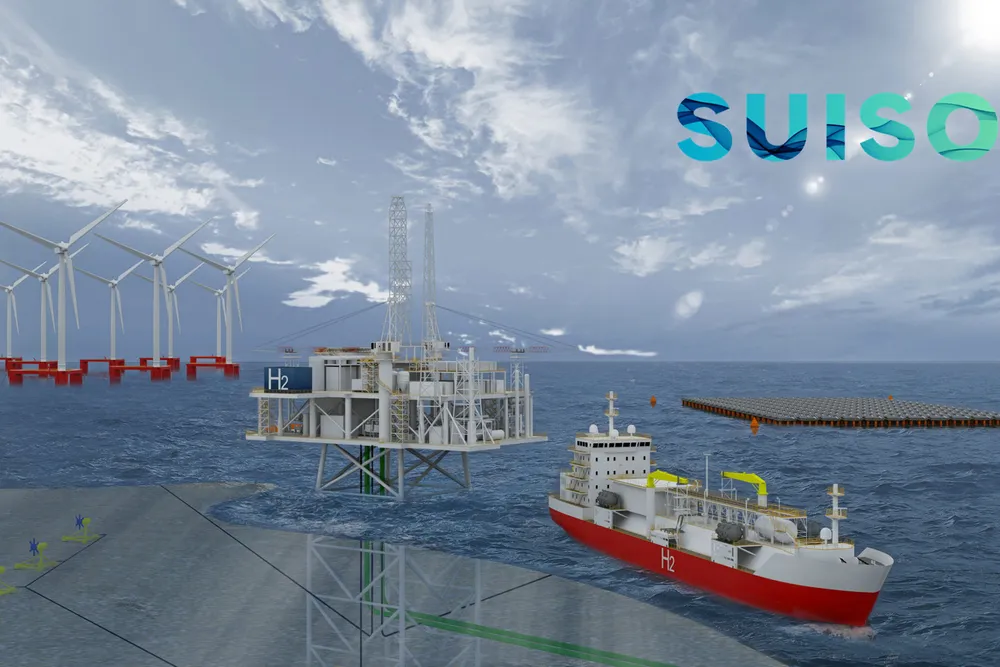Saipem in offshore green hydrogen drive
Italian services contractor says SUISO technology will allow for the conversion of existing oil and gas facilities

Italian services contractor says SUISO technology will allow for the conversion of existing oil and gas facilities
